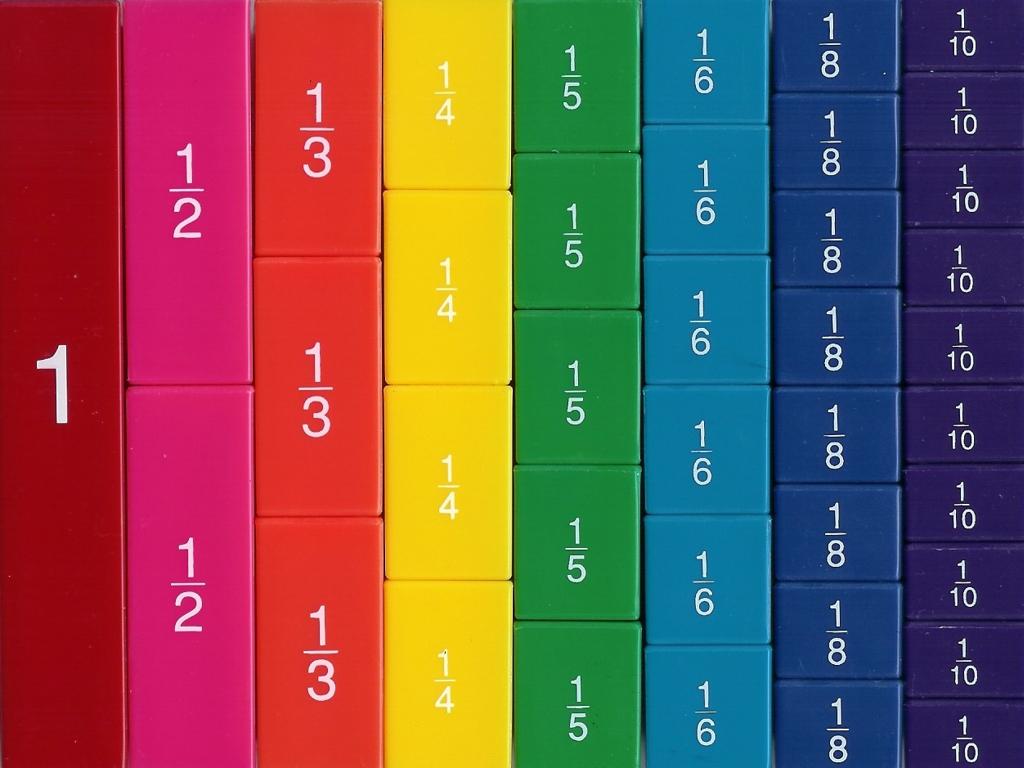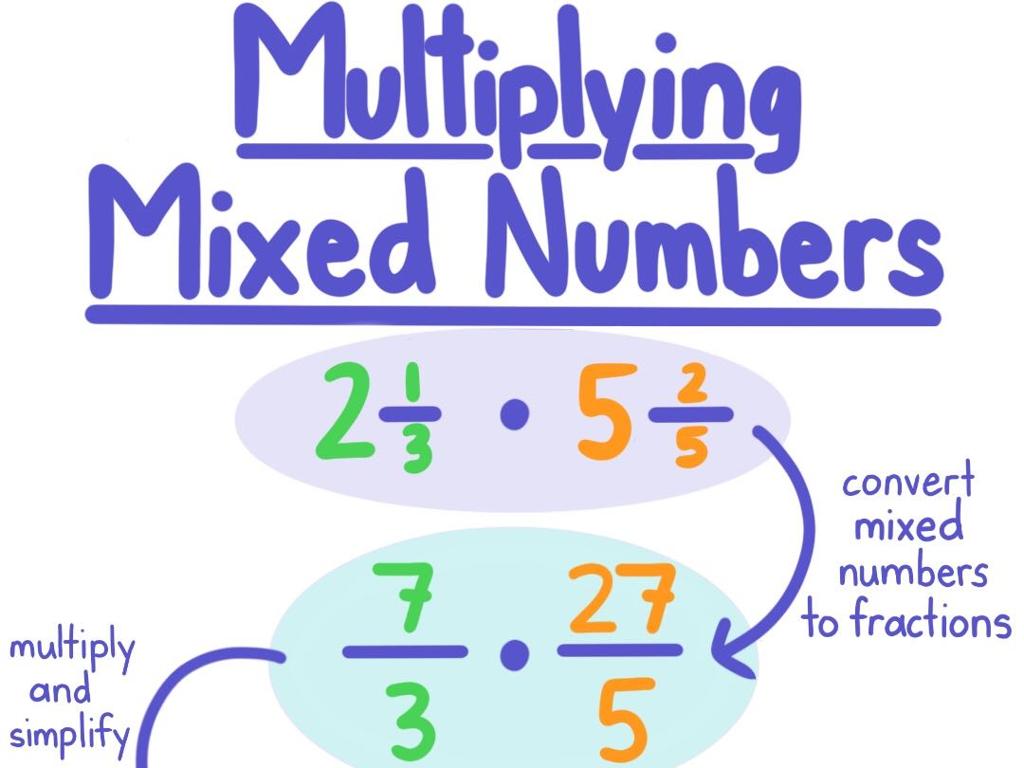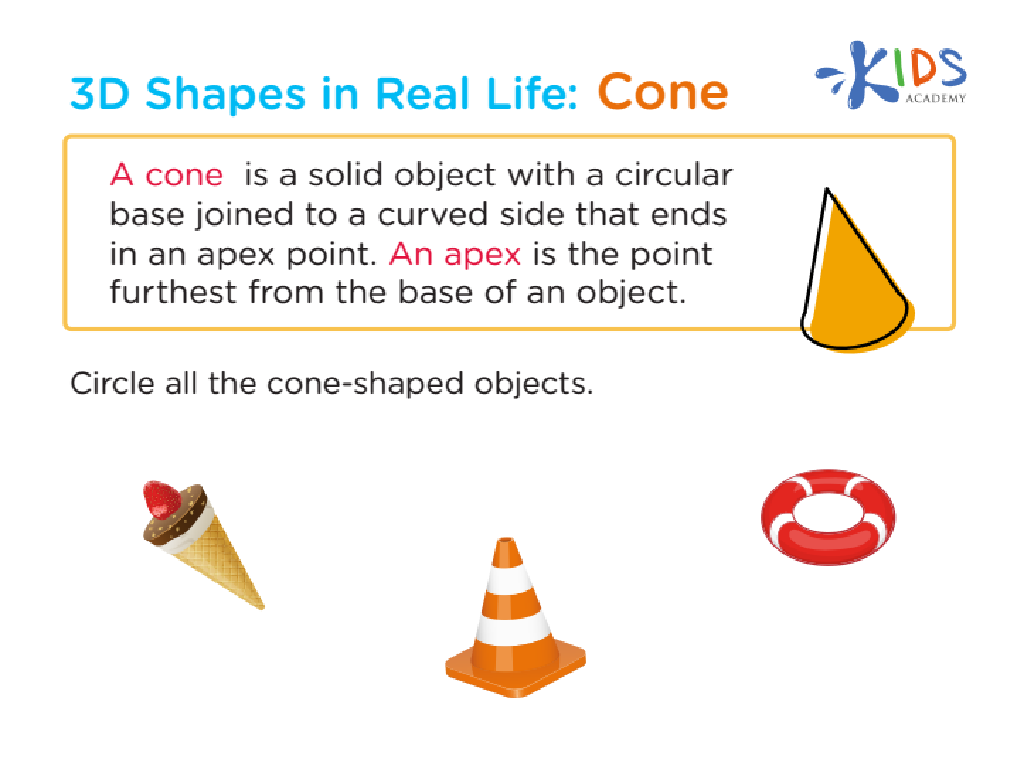Mean, Median, Mode, And Range: Find The Missing Number
Subject: Math
Grade: Eighth grade
Topic: One-Variable Statistics
Please LOG IN to download the presentation. Access is available to registered users only.
View More Content
Introduction to One-Variable Statistics
– Statistics: A Key Math Skill
– Exploring Mean, Median, Mode, Range
– Mean: average, Median: middle value, Mode: most frequent, Range: difference between highest and lowest
– Real-World Stats Applications
– Stats help in sports, weather forecasting, and more
– Finding Missing Numbers
– Use stats to solve puzzles and find unknowns
|
This slide introduces the fundamental concepts of one-variable statistics, emphasizing its importance as a key skill in mathematics. Students will explore the four main measures of central tendency and spread: mean, median, mode, and range. Real-life applications of statistics are highlighted to show relevance, such as in sports analysis, weather prediction, and financial planning. The concept of finding missing numbers using these statistical tools will be introduced, setting the stage for problem-solving activities where students will apply their knowledge to practical examples. Encourage students to think of ways statistics appear in their daily lives and how mastering these concepts can help them make informed decisions.
Understanding the Mean
– Mean: The Average Value
– Mean is the sum of all numbers divided by the number of values.
– Calculating Mean: Sum and Divide
– Add all numbers together, then divide by the total count of numbers.
– Example: Mean of 3, 5, 7, 9
– Add 3+5+7+9 to get 24, then divide by 4, so the mean is 6.
– Finding Missing Numbers
– Use the mean to find a missing number in a set by rearranging the formula.
|
The mean, often referred to as the average, is a fundamental concept in statistics representing the central value of a data set. To calculate the mean, students should add all the numbers in a set and then divide by the total count of numbers. For example, to find the mean of 3, 5, 7, and 9, they would calculate (3+5+7+9)/4, which equals 6. Emphasize that understanding the mean is crucial for finding missing numbers in a set, as they can use the mean to work backwards by multiplying the mean by the total number of values and then subtracting the sum of the known numbers.
Understanding Median in Statistics
– Median: Middle value in a list
– Arrange numbers in order and find the center one.
– Steps to find the median
– 1. Arrange in order, 2. Count total numbers, 3. If odd, middle number is median; if even, average the two middle numbers.
– Example: Median of 3, 5, 7, 9, 11
– Ordered: 3, 5, 7, 9, 11. Median is 7, as it is the middle value.
|
The median is a measure of central tendency that indicates the middle value of a dataset when ordered from least to greatest. To find the median, students should first arrange the numbers in ascending order. If there is an odd number of values, the median is the middle number. If there is an even number of values, the median is the average of the two middle numbers. In the example provided, the dataset is already in order, and since there is an odd number of values (5), the median is the third number: 7. This concept is fundamental in statistics and helps students understand how to describe the center of a dataset.
Understanding Mode in Statistics
– Mode: Most frequent value
– The number that appears most often in a set.
– Identifying mode in data
– Look for the number that repeats most in the list.
– Example: Mode of a number set
– In the set 2, 4, 4, 6, 8, 8, 8, the mode is 8.
– Practice finding the mode
– Use different sets to find the mode on your own.
|
The mode is a measure of central tendency that represents the most frequently occurring number in a data set. When teaching mode, emphasize that a set can have one mode, more than one mode, or no mode at all if no number repeats. Use the example provided to show how to determine the mode by counting the frequency of each number. The number 8 appears three times, more often than any other number, making it the mode. Encourage students to practice with additional data sets to reinforce the concept. Provide sets with varying characteristics: some with a clear mode, others with multiple modes, and some with no mode to ensure students understand all possibilities.
Understanding Range in Statistics
– Range: Measure of spread
– The range is the difference between the highest and lowest values in a dataset.
– How to calculate range
– Subtract the smallest value from the largest value in the set.
– Example: Dataset range
– For the set 10, 20, 30, 40, 50, the range is 50 – 10 = 40.
– Significance of range
– Range gives us a quick sense of how spread out the values in a dataset are.
|
The range is a basic statistical measure that indicates how far apart the data points are in a set. It’s calculated by finding the difference between the highest and lowest values. For example, with the dataset 10, 20, 30, 40, 50, the lowest number is 10 and the highest is 50. The range is 50 – 10 = 40. This concept is fundamental for understanding data dispersion and is a stepping stone to more complex statistical measures. Encourage students to practice with different datasets to become comfortable with finding the range. Discuss how the range can be affected by outliers and what this means for interpreting data.
Finding the Missing Number in Data Sets
– Use mean to find missing data
– If the average is known, sum of all numbers divided by the count equals the mean.
– Median helps locate the middle
– Median: the middle value in an ordered set. If it’s known, it can guide us to the missing number.
– Mode identifies most frequent
– Mode: the most repeated value. No mode can indicate all unique numbers.
– Range gives data spread
– Range: difference between highest & lowest. Helps estimate missing number.
|
This slide introduces strategies for finding missing numbers in a data set using concepts of mean, median, mode, and range. For the mean, if the average is known, students can multiply it by the number of items to find the combined total, then subtract the sum of known numbers to find the missing one. With the median, if the position of the missing number is known relative to the median, it can help narrow down possible values. Mode can indicate if the missing number might be a repeat or a unique value. The range can provide a limit on the highest or lowest possible value for the missing number. Provide an example where students are given a set of numbers with one missing and the mean of the set. They should use the mean to calculate the missing number.
Class Activity: Statistic Detectives
– Group statistics puzzles
– Objective: Find missing numbers
– Use mean, median, mode, range
– Materials: Puzzle sheets, calculators
|
This class activity is designed to engage students in collaborative problem-solving using statistical concepts. Students will work in groups to complete puzzles that require them to apply their knowledge of mean, median, mode, and range to find missing numbers. Provide each group with puzzle sheets and calculators. Encourage teamwork as they discuss and determine the best approach to each puzzle. As a teacher, circulate the room to offer guidance and ensure each group understands the concepts. Possible activities include: 1) Finding a missing number when given the mean, 2) Determining a missing value using the median in an odd/even set of numbers, 3) Identifying a missing number that would affect the mode, 4) Calculating the range with an unknown maximum or minimum value. This hands-on activity not only reinforces statistical concepts but also fosters communication and cooperation among students.
Wrapping Up: Statistics in Focus
– Recap of statistical measures
– Reviewed mean, median, mode, and range
– Why statistics matter
– Statistics help in making informed decisions
– Homework: Practice problem set
– Solve problems to find the missing number
– Continue learning at home
|
As we conclude today’s lesson, it’s crucial to revisit the key concepts of mean, median, mode, and range. Understanding these statistical measures allows students to analyze data sets effectively. Emphasize the importance of statistics in everyday life, such as in understanding trends or making predictions. For homework, students are assigned a set of practice problems that will reinforce their skills in finding the missing number in a data set. This exercise will help solidify their grasp of the topic and prepare them for more advanced statistical analysis. Encourage students to approach the homework with the same problem-solving mindset we cultivated in class.






